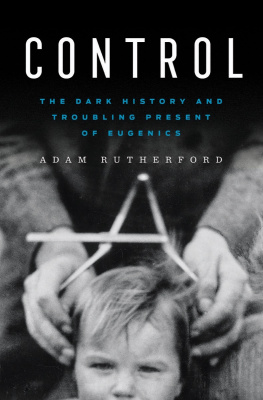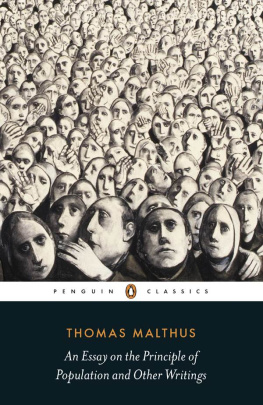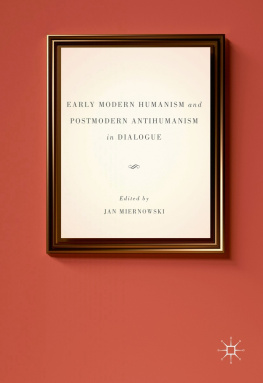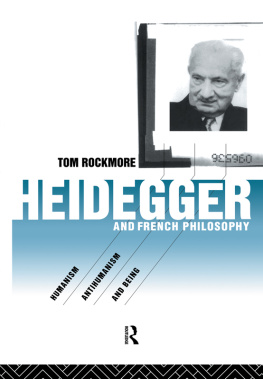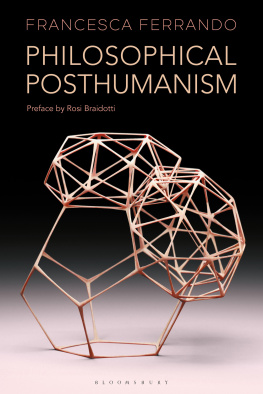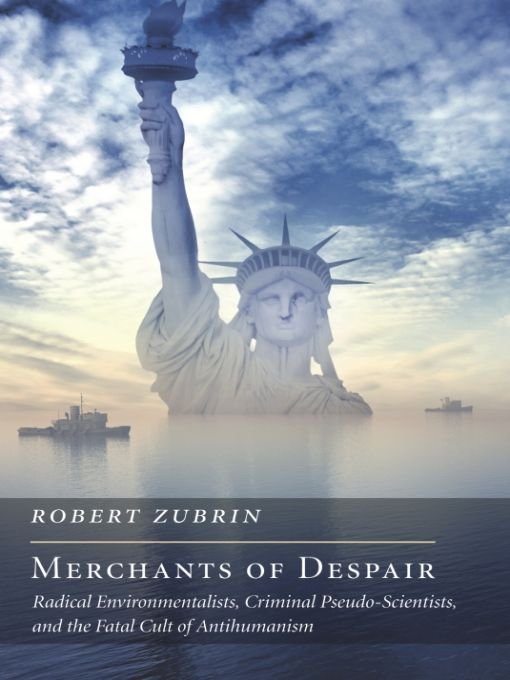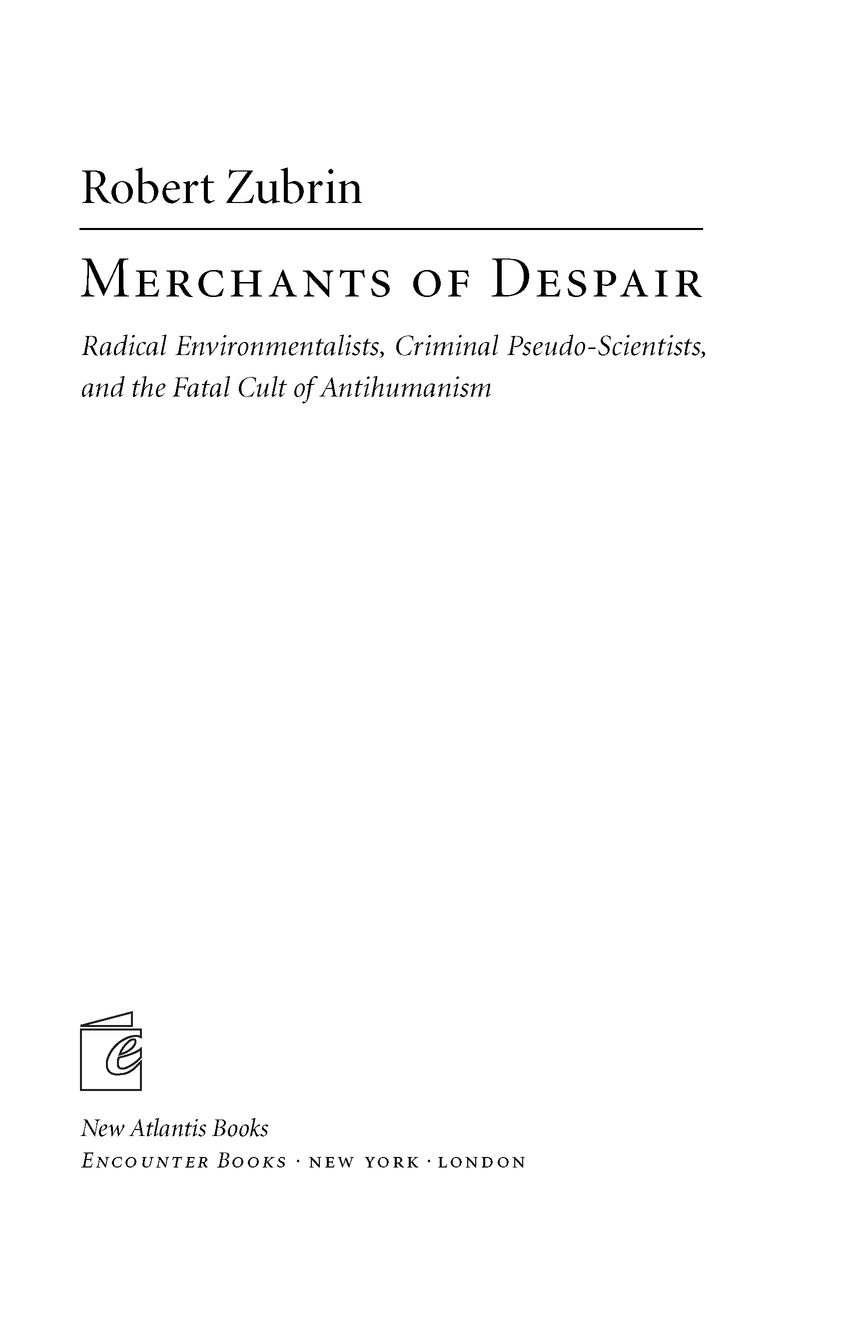Table of Contents
TO THE INVENTORS AND DISCOVERERS,
BE THEY FAMOUS OR NAMELESS;
THAT COMPANY OF HEROES
WHOSE NOBLE WORK MUST EVER
CONFOUND THE ANTIHUMANISTS.
Necessity is the plea for every infringement of human freedom. It is the argument of tyrants; it is the creed of slaves.
WILLIAM PITT
Speech in the House of Commons
November 18, 1783
Preface
What a piece of work is a man, how noble in reason, how infinite in faculties, in form and moving how express and admirable, in action how like an angel, in apprehension how like a god! the beauty of the world, the paragon of animals....
SHAKESPEARE
Hamlet, circa 1600
The World Has Cancer and the Cancer Is Man.
THE CLUB OF ROME
Mankind at the Turning Point, 1974
THERE WAS A time when humanity looked in the mirror and saw something precious, worth protecting and fighting for, indeed, worth liberating. Starting with the Biblical idea of the human spirit as the image of God, taken forward by Renaissance humanists defending the dignity of man, our greatest thinkers developed a concept of civilization dedicated to human betterment and unalienable rights among which are Life, Liberty, and the pursuit of Happiness, proudly asserting that to secure these rights, Governments are instituted among Men.
But now, we are beset on all sides by propaganda promoting a radically different viewpoint. According to this idea, humans are a cancer upon the Earth, a horde of vermin whose unconstrained aspirations and appetites are endangering the natural order. This is the core idea of antihumanism. Its acceptance can only have the most pernicious consequences.
One does not provide liberty to vermin. One does not seek to advance the cause of a cancer.
Antihumanism is not environmentalism, though it sometimes masquerades as such. Environmentalism, properly conceived, is an effort to apply practical solutions to real environmental problems, such as air and water pollution, for the purpose of making the world a better place for all humans to thrive in. Antihumanism, in contrast, rejects the goal of advancing the cause of mankind. Rather, it uses instances of inadvertent human damage to the environment as points of agitation to promote its fundamental thesis that human beings are pathogens whose activities need to be suppressed in order to protect a fixed ecological order with interests that stand above those of humanity.
Antihumanism has recently enormously expanded its influence by raising hysteria about global warming. This phenomenon, by lengthening the growing season and increasing rainfall and the availability of atmospheric carbon dioxide for photosynthesis, has actually significantly enhanced the abundance of nature, to the benefit of both agriculture and the wild biosphere alike. Nevertheless, according to antihumanism, punitive measures, especially harmful to the worlds poor, are required to suppress mankinds activity and economic growth in order to deal with this putative threat. That antihumanism should propose such global oppression as a response to an improvement in the Earths climate should not be surprising, since, as this book will show in horrifying detail, similar vicious antihuman solutions to fictitious problems have been repeatedly advocated and implemented by antihumanisms followers for two centuriesthat is, since long before global warming was an issue at all.
Indeed, while its use of climate defense as an agitational issue in support of an antihuman program is novel, antihumanism itself is not. Over the years, it has found other causes to ally with, ranging in diversity from militarism, imperialism, racism, and xenophobia to environmentalism, aesthetic nature appreciation, and even feminism. It has opportunistically sought and found support from political and economic philosophies ranging from laissez-faire capitalism to monarchism, socialism, Nazism, and totalitarian communism; world-views ranging from Darwinian atheism to religious zealotry; and vested interests ranging from colonial expansion to rentier-motivated economic restriction. In some cases it has worked its will through groups that can fairly be described as actual conspiracies, while in other instances it has exerted its effect through its influence on social networks, broadly based parties, or the general shaping of societys ideas. But regardless of its ally of the moment, wherever antihumanism has established a liaison, it has served, like a demonic spirit, to transform its partner for the worse, turning well-meaning causes into pernicious ones and bad movements into catastrophes.
In this book, the ideology of antihumanism will be critically reviewed, and its brutal history thoroughly exposed. Many readers may find this account to be very disturbing, since in the course of its examination, it will become quite clear that some of todays most fashionable political and social ideas are essentially replays of earlier ideological fads that have been continually used over the last two centuries to motivate and justify oppression, tyranny, and genocide. Nevertheless, as those who do not know history are condemned to repeat it, this history must be made known.
Furthermore, while the central lie underpinning all of antihumanisms campaigns has always been the same, its ability to morph into apparently novel guises has allowed it to revive itself to cause new evil, even after a previous form has been defeated at great cost.
The time is long past due to put a stake in the heart of this monster. For that to occur, it needs to be dissected, so that it can be detected, debunked, and destroyed wherever, whenever, and in whatever form it reappears. For this reason, alongside this books historical account, I shall devote some space to examining the primary pseudoscientific arguments that the antihumanists have voiced over the past two centuriesmany of which are still widely acceptedand to refuting them thoroughly. While disputes about overpopulation, racial equality, pesticides, resource limits, nuclear power, biotechnology, and global warming may appear to be about different subjects, they are ultimately but different faces of the same conflict: a fundamental debate over the worth of humankind.
It is a debate we need to win.
CHAPTER ONE
Thomas Malthus, the Most Dismal Scientist
When a population of organisms grows in a finite environment, sooner or later it will encounter a resource limit. This phenomenon, described by ecologists as reaching the carrying capacity of the environment, applies to bacteria on a culture dish, to fruit flies in a jar of agar, and to buffalo on a prairie. It must also apply to man on this finite planet.
JOHN P. HOLDREN and PAUL R. EHRLICH
Global Ecology (1971)
Here is the difference between the animal and the man. Both the jay-hawk and the man eat chickens, but the more jay-hawks the fewer chickens, while the more men the more chickens.
HENRY GEORGE
Progress and Poverty (1879)
THE FOUNDING PROPHET of modern antihumanism was Thomas Malthus (17661834). For three decades a professor at the British East India Companys East India College, Malthus was a political economist who famously argued that human reproduction always outruns available resources. This doctrine served to rationalize the starvation of millions caused by his employers policy of brutal oppression of the peasants of the Indian subcontinent. The British Empires colonial helots, however, were not Malthuss only targets. Rather, his





